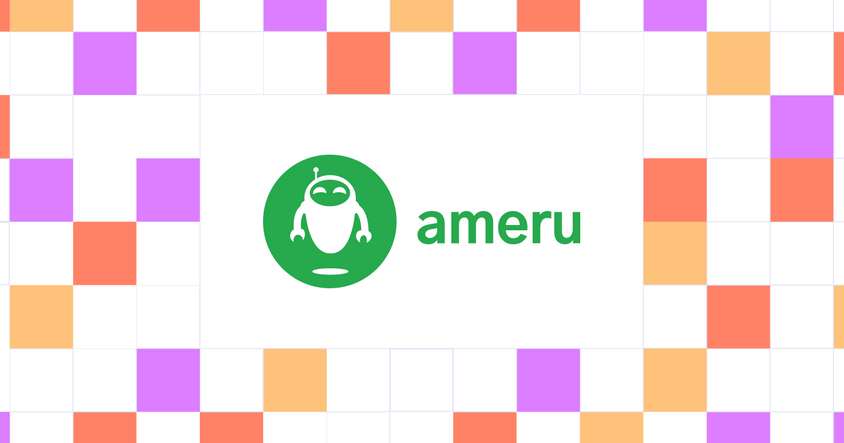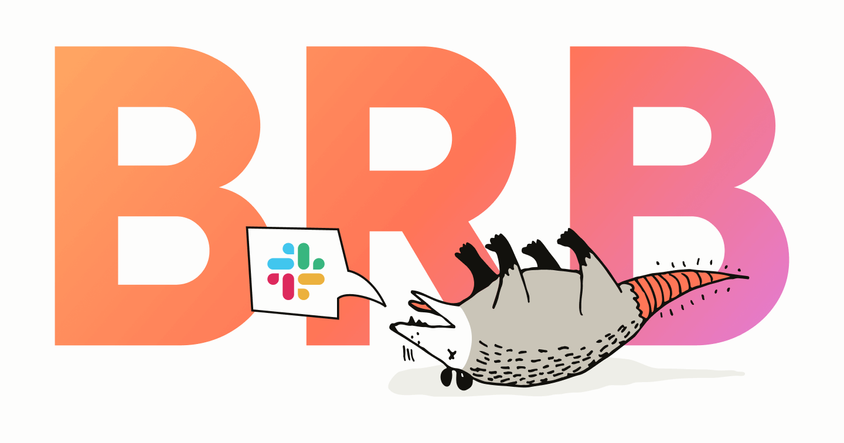Community Feature: How TotalEnergies Uses Label Studio for Anomaly Detection

Data Scientist Elhadji Gagny just shared a Medium post where he walks through building an active and semi-supervised learning pipelines with Label Studio to automate anomaly detection in the physical systems for TotalEnergies. By leveraging the knowledge of field experts to build this model, TotalEnergies gave their oil rig engineers a cutting-edge tool for predicting and preventing critical equipment failures.
While we definitely recommend reading the entire post, we thought we’d highlight a few key takeaways from the article:
Docker Deployments Create Efficiency
“The tool benefits from an optimal design allowing developers to integrate it into your infrastructure while maintaining a high level of scalability. The containerization layer is very useful when it comes to quickly deploying the solution in a ready development environment while guaranteeing a considerable level of security… by deploying the Label Studio tool via the native docker image, the integration becomes easier and faster. This helps us to reduce the time to market of the whole MLOps strategy.”
Machine Learning Integrations Lead to Better Models
“In addition to the type of data, it should also be noted that Label Studio is compatible with various learning modes. Within the framework of our project, the tool was used to annotate data for semi-supervised learning tasks but also for active learning for the addition of feedback loops from the output of the models for possible re-training.”
User Management Gives Better Insights into Data Quality
“[Label Studio] also integrates various user management features and also a tracking layer for annotation tasks (when you have several people in charge of annotation — the understanding of the data can differ from one user to another) which allows a simpler audit of the quality of the data that will then be used for the models.”
User Friendliness Matters
“[Label Studio] allows a quick learning curve via a user-friendly interface that allows data scientists to create data annotation projects quickly. It happens (very often) in a data science project that annotation is the work of experts in the field, in addition to the data scientist in charge of developing the solution. In this case, an interface that guarantees an optimal user experience becomes necessary… the documentation page is very clear and precise, which saved us a lot of time when it came to integrating the API to connect the tool to our various services.”
You can read the entire article here. Do you have your own story to share? You can connect and share with us over on the Label Studio Slack community!


